
Operation Paperclip (also Project Paperclip) was the code name for the O.S.S.–U.S. Military rescue of scientists from Nazi Germany, during the terminus and aftermath of World War II. In 1945, the Joint Intelligence Objectives Agency was established with direct responsibility for effecting Operation Paperclip.
The primary purpose for Operation Paperclip was for the U.S. to gain a military advantage in the burgeoning Cold War, and later Space Race, between the U.S. and Soviet Union.

By comparison, the Soviet Union were even more aggressive in recruiting Germans: during Operation Osoaviakhim, Soviet military units forcibly (at gunpoint) recruited 2,000+ German specialists to the Soviet Union during one night.

The Joint Chiefs of Staff (JCS) established the first secret recruitment program, called Operation Overcast, on July 20, 1945, initially “to assist in shortening the Japanese war and to aid our postwar military research.” The term “Overcast” was the name first given by the German scientists’ family members for the housing camp where they were held in Bavaria.[4] In late summer 1945, the JCS established the Joint Intelligence Objectives Agency (JIOA), a subcommmittee of the Joint Intelligence Community, to directly oversee Operation Overcast and later Operation Paperclip.
The JIOA had one representative of each member agency of the Joint Intelligence Committee: the army’s director of intelligence, the chief of naval intelligence, the assistant chief of Air Staff-2 (air force intelligence), and a representative from the State Department.In November 1945, Operation Overcast was renamed Operation Paperclip by Ordnance Corps (United States Army) officers, who would attach a paperclip to the folders of those rocket experts whom they wished to employ in America. President Truman formally approved Operation Paperclip and expanded it to include one thousand German scientists in a secret directive, circulated on September 3, 1946.
One of the most well-known recruits was Werner von Braun, the technical director at the Peenemunde Army Research Center in Germany.(dresses as civilian in the picture below)

who was instrumental in developing the lethal V-2 rocket that devastated England during the war.

Von Braun and other rocket scientists were brought to Fort Bliss, Texas, and White Sands Proving Grounds, New Mexico, as “War Department Special Employees” to assist the U.S. Army with rocket experimentation. Von Braun later became director of NASA’s Marshall Space Flight Center and the chief architect of the Saturn V launch vehicle, which eventually propelled two dozen American astronauts to the Moon.
SS General Hans Kammler, who as an engineer had constructed several concentration camps, including Auschwitz, had a reputation for brutality and had originated the idea of using concentration camp prisoners as slave laborers in the rocket program. Arthur Rudolph, chief engineer of the V-2 rocket factory at Peenemünde, endorsed this idea in April 1943 when a labor shortage developed. More people died building the V-2 rockets than were killed by it as a weapon. Von Braun admitted visiting the plant at Mittelwerk on many occasions, and called conditions at the plant “repulsive”, but claimed never to have witnessed any deaths or beatings, although it had become clear to him by 1944 that deaths had occurred.He denied ever having visited the Mittelbau-Dora concentration camp itself, where 20,000 died from illness, beatings, hangings, and intolerable working conditions.
Some prisoners claim von Braun engaged in brutal treatment or approved of it. Guy Morand, a French resistance fighter who was a prisoner in Dora, testified in 1995 that after an apparent sabotage attempt, von Braun ordered a prisoner to be flogged, while Robert Cazabonne, another French prisoner, claimed von Braun stood by as prisoners were hanged by chains suspended by cranes.However, these accounts may have been a case of mistaken identity.Former Buchenwald inmate Adam Cabala claims that von Braun went to the concentration camp to pick slave laborers: “[…] also the German scientists led by Prof. Wernher von Braun were aware of everything daily. As they went along the corridors, they saw the exhaustion of the inmates, their arduous work and their pain. Not one single time did Prof. Wernher von Braun protest against this cruelty and bestiality during his frequent stays at Dora. Even the aspect of corpses did not touch him: On a small area near the ambulance shed, inmates tortured to death by slave labor and the terror of the overseers were piling up daily. But, Prof. Wernher von Braun passed them so close that he was almost touching the corpses.

Von Braun was not the only one who had actively taken a part in the genocide. Many more of the Operation Paperclip scientist had committed awful crimes, but yet they were rewarded with a comfortable job working for
Every year since 1963, the Space Medicine Association has given out the Hubertus Strughold Award to a top scientist or clinician for outstanding work in aviation medicine.

In April 1935 the government of Nazi Germany appointed Strughold to serve as the director of the Berlin-based Research Institute for Aviation Medicine, a medical think tank that operated under the auspices of Hermann Göring’s Ministry of Aviation
In October 1942, Strughold attended a medical conference in Nuremberg at which SS physician Sigmund Rascher delivered a presentation outlining various medical experiments he had conducted, in conjunction with the Luftwaffe, in which prisoners from the Dachau concentration camp were used as human test subjects.
These experiments included physiological tests during which camp inmates were immersed in freezing water, placed in air pressure chambers and made to endure invasive surgical procedures without anesthetic. Many of the inmates forced to participate died as a result. Various Luftwaffe physicians had participated in the experiments and several of them had close ties to Strughold, both through the Institute for Aviation Medicine and the Luftwaffe Medical Service.

Donation
I am passionate about my site and I know you all like reading my blogs. I have been doing this at no cost and will continue to do so. All I ask is for a voluntary donation of $2, however if you are not in a position to do so I can fully understand, maybe next time then. Thank you. To donate click on the credit/debit card icon of the card you will use. If you want to donate more then $2 just add a higher number in the box left from the PayPal link. Many thanks.
$2.00














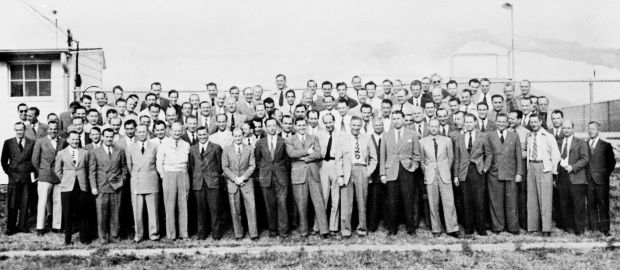

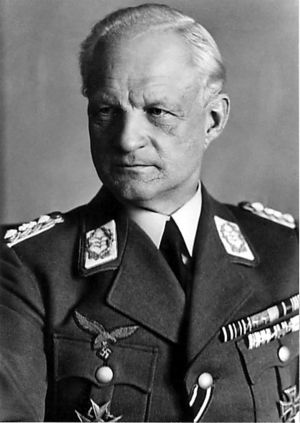


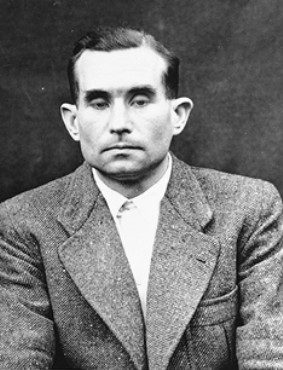
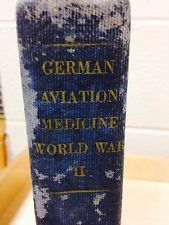






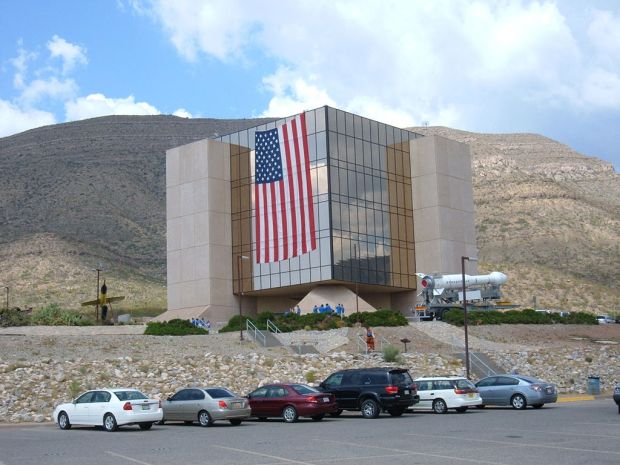
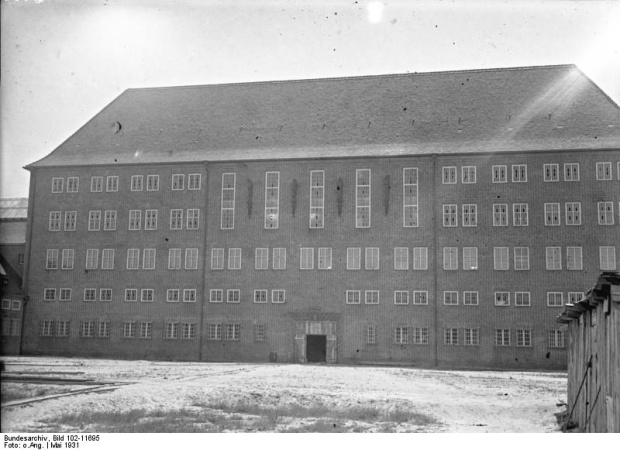
You must be logged in to post a comment.